After learning the rules, you have to learn tactics, strategy in chess. The game of chess is divided into three parts. The beginning part, the middle part and the last part. The first part is game development. In the middle of the game and at the end is checkmate. The next two parts depend on how well a player was able to develop the game in the beginning. Usually the first 15 rice is called the starting part. This issue discusses the intelligence of the early part of the game.
At the beginning of the game, the possibility of different types of rice is very high, so it is very difficult to calculate the rice. It is not possible at the beginning to think of every move and its consequences. So it will be easier to stay ahead of the opponent in this part if you play with a few small things in mind.
Play chess on the battlefield
The chess field can be thought of as a battlefield. The red line in the middle of picture number 1 is called the frontier line. Your enemy area in front of it. The more possession you have in that area, the more you will be ahead in the game. Possession means that you have a dice or a condition to attack the house with a dice.
Midfield is also very important in chess like playing football. In a situation where both the players have equal strength, the player in the middle four cells (green square in Figure 1) who is more generally said to be in possession, is ahead in the game.

Advertising
Game development
At the beginning of the game both players have 32 dice and 32 empty spaces. Start the game, take possession of these 32 houses. As the game progresses, the dice of both players continue to fall, and the empty space continues to grow. He should also try to increase the occupation of the houses.
The key to starting the game is game development. Game development means taking the pieces in such a way that the occupation increases on that side of the frontier line. The more the possession, the more the game can go forward. In this case, we have to think democratically, we have to try to use every lot. I will occupy a large area only with a minister, if I think about it I will lose in the end.
In the second picture, white rice. There are three ways to take the game to yourself by developing the game. (1) Bb2, it will occupy a large ear. (2) Re1, this move will occupy a completely blank file (column). (3) Ne4, the rotation being placed in the center, position in the middle. At this point in the game, White should think about these moves and slowly occupy these positions.
One-line intelligence
You have to remember this very well, you can't play the same dice twice in a row at the beginning of the game. It will fall behind in the game. The rice should be planned in such a way that one piece does not have to be run twice. You also need to give other pieces a chance to develop.

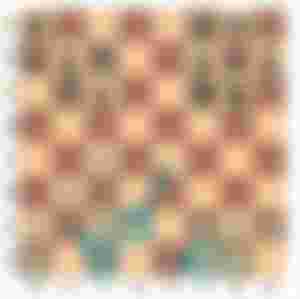
Advertising

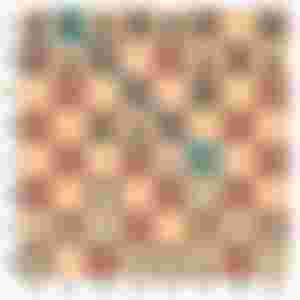
Soldiers' dice are low
Soldiers go to the battlefield and fight. But the fight in chess has to be done with another piece. Giving the army rice means wasting a rice, so to speak. And if you waste one rice, you are one rice behind the opponent. The army can only move when the army helps to occupy the midfield (the four important houses) or resists or mobilizes the opponent's midfield. According to Lascar, it is best if you start the game with one or two soldiers.
Opposition troops do not need to eat at the beginning. The exception is for the four midfielders.
The soldiers of the four houses in the midfield must be eaten all the time, if there is no possibility of losing a strong dice or falling into any trap. Only troops can be cut to occupy the four houses in the midfield.
Developed dice cost more
Just as you have to cut the opponent's dice during the game, you also have to let your dice be cut a couple of times. A lot of times when you go to cut the opponent's lot, you have to cut your own lot. This is called exchange.
When exchanging, the first thing to keep in mind is not to lose a lot of energy than the opponent. The strength of the pieces is: army = 1, elephant = 3, horse = 3, boat = 5, minister = 9. The second thing to keep in mind is not to cut your own developed lot. As in Figure 4, white should not eat the undeveloped horse of the opponent in exchange for the developed elephant. The opposite is also true, if you can cut a developed dice against the same force in exchange for your own undeveloped dice, it can be exchanged.
The fort must be established quickly
Castling must be established as soon as possible. Castling provides an opportunity to develop the boat without having to move troops. And the king is protected.
Advertising
Start a few conventional games
There are some simple formulas to play in the beginning of a game of hundreds of years. This is called opening. Skilled chess players use them very intelligently. Learning openings is not easy for new players to use efficiently. You have to learn them in the next step. First I want to learn these tactics.
Briefly at the end
The purpose of the early part of the game is game development, not attacking the opponent. At the same time you have to protect your king, usually by castling. If an unreasonable army destroys the rice, it will fall behind in the game. Try to develop each piece (excluding soldiers). It is very foolish to play the same game twice. If you hold on to the midfield, you can stay ahead at any time. Keep in mind when exchanging, so as not to lose the developed lot. A few openings can be learned.
You don't have to practice every one of these tactics in one game. Take tactics one by one, master them. At the end, let's take another tactic. If you can learn the good part, you will be able to play well in the next part.
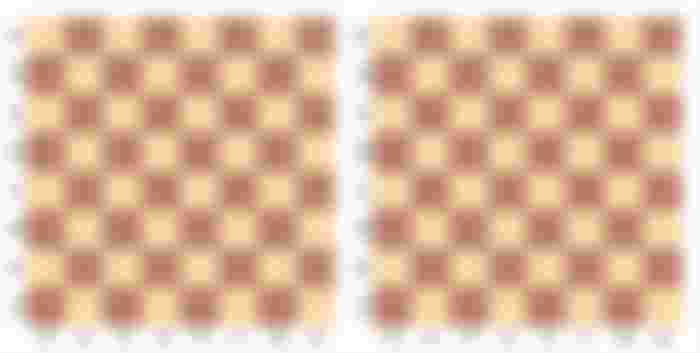
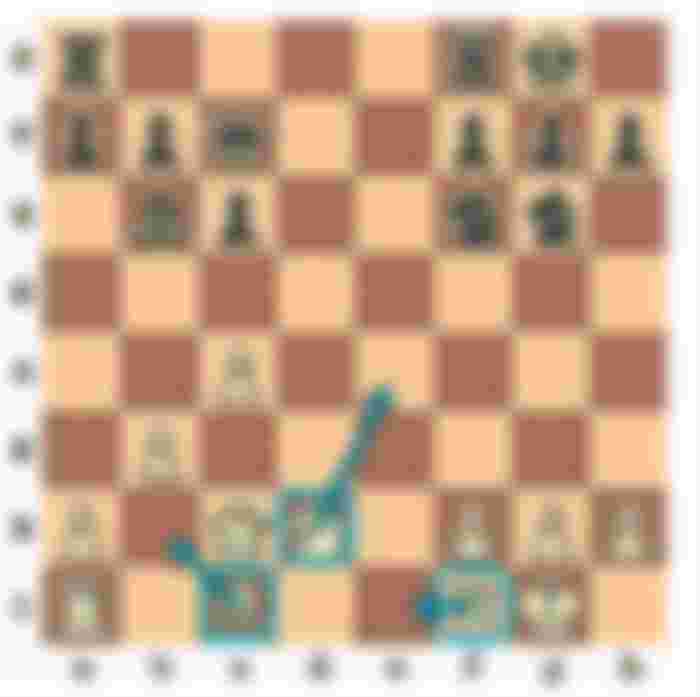
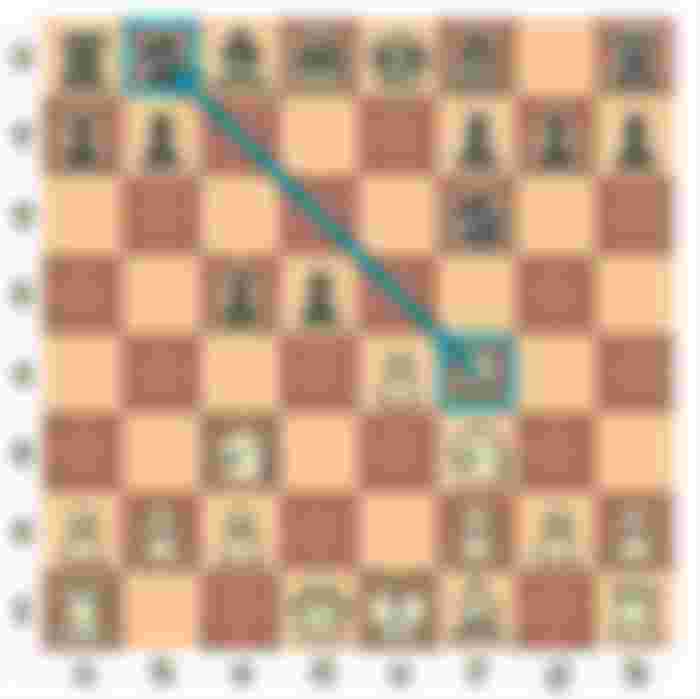
Very informative articles dear 💝 Keep it up brother 💝